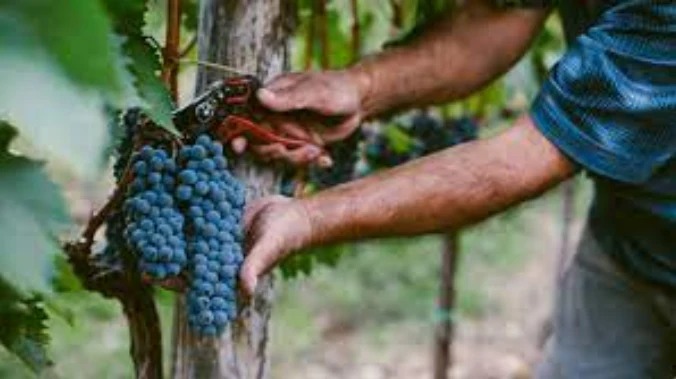
Subscribe to our newsletter
The Winemaking Process
From Vine to Bottle
5/16/20242 min read


Introduction
Understanding the winemaking process is fundamental for any wine investor. The journey from vine to bottle is complex and nuanced, impacting the quality, style, and potential value of the wine. This week, we delve into the stages of viticulture and viniculture, highlighting how each step can influence investment decisions.
1. Viticulture: The Art and Science of Grape Growing
Viticulture is the cultivation of grapevines, and it is the first determinant of a wine's potential quality. Key factors include:
Climate: The macroclimate, mesoclimate, and microclimate all affect grape development. For instance, a cooler climate might prolong the growing season, allowing for the development of more nuanced flavors.
Soil: Soil composition can affect water retention and heat, impacting grape maturity and, consequently, the tannin and sugar levels in the wine.
Vineyard Management: Practices such as pruning, canopy management, and controlled irrigation play critical roles in the health of the vine and the quality of the fruit it produces.
2. Harvesting: Picking the Grapes at Their Peak
The timing of the harvest is crucial. Grapes must be picked at just the right time for optimal balance of sugar, acidity, and tannins. Decisions about when to harvest are influenced by:
Sugar Levels: Typically measured in Brix, which indicates the sugar content of the grapes.
Acid Levels: Important for structure and longevity, acids must be balanced with sugars for the best wine quality.
Weather Conditions: Unpredictable weather can mean the difference between a vintage year and a washed-out crop.
3. Vinification: Turning Grapes into Wine
Once harvested, the grapes undergo vinification, a process that varies significantly depending on the wine being produced. Key stages include:
Crushing and Destemming: Grapes are crushed to release their juice and mixed with the skins in the case of red wines, initiating fermentation.
Fermentation: Yeasts convert sugars into alcohol. Conditions during fermentation (temperature, vessel type, yeast strains) can dramatically alter the flavor profile and texture of the wine.
Pressing: This separates the liquid from the solids, and the timing of pressing can impact the tannins and color of the wine.
Malolactic Fermentation: Optional but common in reds and some whites, converting malic acid to lactic acid, softening the wine.
4. Ageing and Bottling
The final steps in winemaking involve ageing and bottling, which can also significantly affect the wine's market value:
Barrel Ageing: The type of oak and duration of ageing contribute to flavor complexity and structural characteristics like tannin integration.
Bottling: The conditions and timing of bottling can preserve the quality or lead to premature aging.
5. The Market Readiness of Wine
Release Timing: The release date to market can affect a wine's reception and initial sales performance. Wines released too early may not have reached their potential; those held longer may have developed additional complexity and balance.
Label and Presentation: First impressions matter, and the label design, bottle type, and packaging can influence buyer perception and willingness to invest.
Conclusion
Each step in the winemaking process is an opportunity to enhance or diminish the value of the final product. For investors, understanding these stages helps in assessing the potential ROI of wine investments based on production quality and market readiness. As we explore further into the wine industry's educational aspects, keep in mind that knowledge of production is as crucial as understanding market trends.
Stay tuned for next week's discussion on the importance of wine vintages and how they affect investment opportunities. Subscribe to our newsletter for more insights into the sophisticated world of wine investing.
